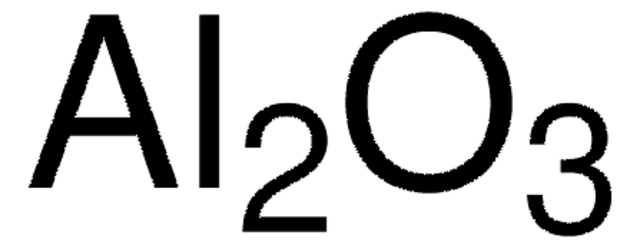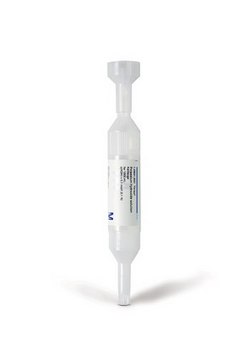1.09879
Buffer concentrate for buffer solution acc. to WEISE
for 1000 ml of solution (phosphate), pH 7.20 Titrisol®
Synonym(s):
Weise′s Buffer solution
About This Item
Recommended Products
grade
analytical standard
Quality Level
Agency
according to DIN 19266
product line
Titrisol®
pH
7.20 (20 °C in H2O)
application(s)
environmental
food and beverages
general analytical
industrial qc
pharmaceutical
format
mixture
storage temp.
15-25°C
1 of 4
This Item | 1.09881 | 1.09892 | 1.09882 |
|---|---|---|---|
| format mixture | format mixture | format mixture | format mixture |
| product line Titrisol® | product line Titrisol® | product line Titrisol® | product line Titrisol® |
| grade analytical standard | grade analytical standard | grade analytical standard | grade analytical standard |
| application(s) environmental | application(s) environmental | application(s) environmental | application(s) environmental |
| agency according to DIN 19266 | agency according to DIN 19266 | agency according to DIN 19266 | agency according to DIN 19266 |
| pH 7.20 (20 °C in H2O) | pH 1.00 (20 °C in H2O) | pH 12 (20 °C in H2O) | pH 2.0 (20 °C in H2O) |
General description
The Titrisol® concentrated buffer material combines ease of use and maximum precision for the routine calibration and monitoring of pH instruments. To prepare the ready-to-use pH buffer solution, simply dilute the Titrisol® buffer concentrate.
Features and Benefits
- Traceable to primary standard reference materials from NIST and PTB
- Analytical standard Grade
- Uncertainty data and traceability are documented in a comprehensive, batch-specific Certificate of Analysis.
Analysis Note
Measured after dilution to 1l at 20 °C.
Legal Information
Storage Class Code
12 - Non Combustible Liquids
WGK
nwg
Flash Point(F)
Not applicable
Flash Point(C)
Not applicable
Certificates of Analysis (COA)
Search for Certificates of Analysis (COA) by entering the products Lot/Batch Number. Lot and Batch Numbers can be found on a product’s label following the words ‘Lot’ or ‘Batch’.
Need A Sample COA?
This is a sample Certificate of Analysis (COA) and may not represent a recently manufactured lot of this specific product.
Already Own This Product?
Find documentation for the products that you have recently purchased in the Document Library.
Customers Also Viewed
Articles
Redi-Dri™ prevents hygroscopic powders, such as inorganic salts, from absorbing moisture and forming clumps, leaving the salts free-flowing every time.
Our team of scientists has experience in all areas of research including Life Science, Material Science, Chemical Synthesis, Chromatography, Analytical and many others.
Contact Technical Service






